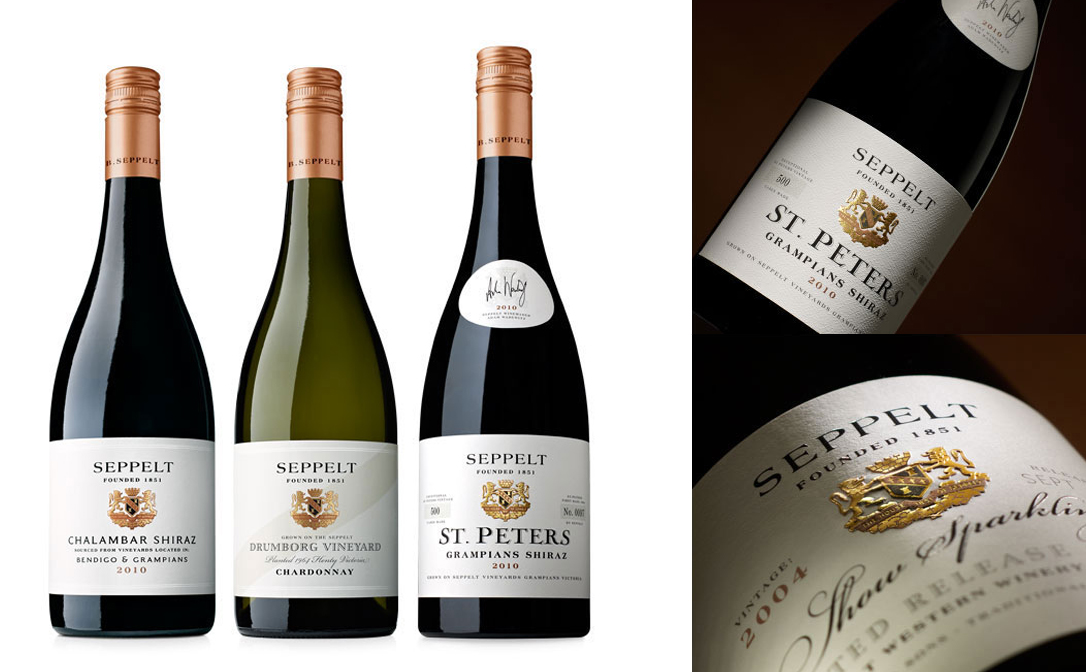An liquor material on a wine label is used by many customers as helpful tips in helping them create a purchasing decision. For this reason wineries position consideration about what percentage they put on various wine’s labels. The liquor content provides a particular impact about the wine’s overall identity to the buyer and conclusions such as for instance what kinds of dinners to serve it with are taken into consideration. What this implies when wineries are selecting their label alcohols is that they can intentionally pick a decrease alcohol as an example if they want their clients to obtain an impact of the wine being light in style.
In regards to making those specific decisions about the specific percentage placed on the label you can find certain directions that wineries should conform to. These guidelines come from the Alcohol and Tobacco Tax and Trade Bureau, or TTB for short. The TTB’s recommendations when it comes to label alcohols are derived from threshold ranges. For wines which are 14% or below in their liquor content the tolerance selection is plus or minus 1.5%. For wines over 14% the tolerance selection is 1.0%. What this implies is that when a winery is deciding upon a label liquor for a wine they first look at the genuine alcohol material of this wine. From there they go through the tolerance selection for this and then could see the product range of their possibilities from which to choose.
To give several samples of what this may look like first let us search at a wine with an alcohol below 14%. A wine having an real liquor of 13.3% has within its label liquor options an assortment from 11.8% to 14.0%. Observe that the greatest label alcohol they could use because of this wine is 14.0%. The TTB does not allow them to get higher than that as 14% is the cutoff line between two duty courses of wine. (Wineries pay various excise duty prices to the TTB based on these label alcohols) So if that winery is seeking to offer a light impression of the wine’s fashion they might opt to employ a label liquor of 12.0%, which is at the lower conclusion of the allowable range.
When talking about wine labeling, you will discover so it may various in each country. This makes producers have to confirm the regulations of the nations where in actuality the wine is made and the wine is likely to be sold. You will find that the newer labels will help you to get the information about the wine. You may also realize that some labels are hard to read. Related to the wine label , there are numerous intelligent ideas as you are able to follow to learn the label. By being able to read the label inside it, you will have the ability to serve it well. Therefore, you will have the ability to savor it in case that you have.
This is the first term that you should understand in the oilive oil labels that you might find. Grape selection indicates the kind of grape that’s used to make it, whilst the appellation indicates where the grapes were grown. You will see that the wines that are made in South America, North America, Africa, Australia put the grape variety on the label such as the wine was created with Chardonnay, Pinot Noir or Sauvignon Blanc grapes.
For a wine by having an liquor in the over 14% selection, claim an alcohol of 15.8% their window of wine label alcohols will be from 14.8 to 16.8%. (plus or minus 1.0%) Colorado wines particularly have already been raising inside their alcohol content for many years today, meaning that wineries are depleting this permitted threshold selection on a regular basis. In most cases I have found that they are utilizing it up on the reduced conclusion of the range so for the wine example here they would choose to use a label liquor of 14.8 or 15.0%.
The TTB does give advice to the wineries regarding how to round their liquor results. They are always spherical to the closest tenth. A wine having an liquor of 13.95 times to 14.0% so is in the under 14% tax class. A wine by having an alcohol of 14.05% rounds to 14.1% and therefore is in the above 14% duty class.
Needless to say, even wine for industrial purposes can also devote such a thing they desire on the label. There might be a emblem of the wine-producing company or the emblem could possibly be title itself of the company. Put simply, even commercial wine manufacturers could make their wine labels look as appealing as possible to be able to entice people launch trying their products. When you talk about particular wine , the look of the label is more of a gratitude to a celebrant while for professional wine , the label is designed for advertising purposes.
